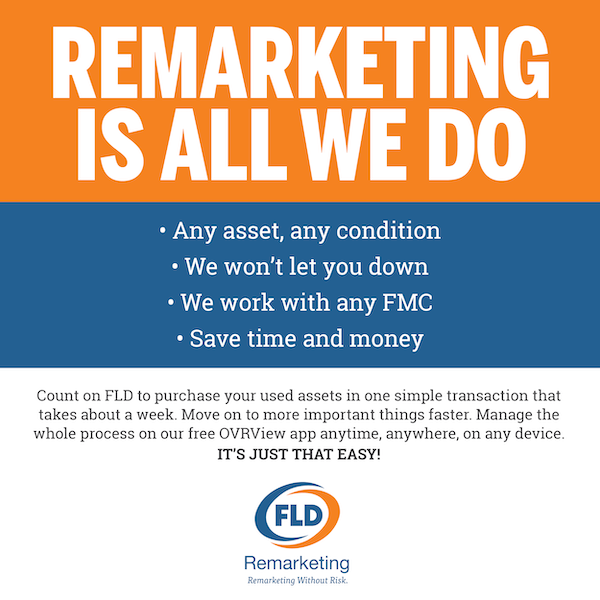
By John Wolford, CEI Vice President, Business Process, Quality, and Sourcing
Choosing a body repair shop is one of the most important decisions a fleet can make. If you don’t have a ready network of high-quality body shops at your disposal when a fleet accident occurs, lots can go wrong:
- Damage that makes the vehicle unsafe to drive – like a crooked frame or broken wheel rim — can be poorly completed or left undone.
- You can be charged for needless repairs or needlessly redundant repair steps.
- You can be charged for original equipment manufacturer parts when cheaper used or after-market parts were installed or were available.
- The shop can overcharge for labor.
- The repair can take longer than necessary, driving up your replacement rental expenses, just because you’re no more important than any other shop customer.
- The shop can bill you for storage at $25 to $50 a day if you declare the vehicle a total loss.
- The shop can decide to keep your vehicle until you pay its bill in full.
These events are by no means the rule in the auto repair industry, but they do occur. And when they do, they can cause nightmares that cost fleets thousands of dollars for redoing the repair, or even millions of dollars in liability if an unsafely repaired vehicle is involved in a fatal accident.
That’s why, as a fleet manager, you should never leave the choice of a body repair shop to chance, and why somebody highly qualified to evaluate repairs should always closely monitor the entire repair process, from examining damage photos and reviewing the estimate to expediting through completion and delivery.
Here are the questions you need to answer when choosing a body shop:
- Does it have the right equipment, like a frame machine and a properly equipped paint booth?
- Are its technicians well-trained in the technology required to repair your particular vehicle?
- What are its labor rates compared to the average in its area?
- What’s the shop’s performance record for such things as repair quality, average repair time, average cost, callbacks (items that need fixing after the vehicle is picked up), and supplements (additions to estimates after the initial estimate is approved)?
- Is the shop insured against damages to your vehicle it may cause?
- Does it assess storage charges when a vehicle is totaled?
- Does it guarantee its repairs?
Answering these questions takes time and effort, and not every fleet department and very few fleet drivers have the time or experience to manage the repair process. That’s one reason that fleets hand over their accident management process to third-party providers that have a meticulously selected and managed, coast-to-coast network of independently-owned collision repair shops.
For example, before any shop is admitted into the CEI network of more than 4,000 sedan and light-duty collision repair centers and 1,000 medium- and heavy-duty truck repair shops across the United States, Canada and Puerto Rico, it must undergo a rigorous evaluation to be sure it meets all the criteria for high-quality repairs and customer service.
We also keep score on each shop it does business with, to be sure it continues to deliver the right level of service. Shops’ incentive to meet CEI standards is the continuing flow of business an accident management company provides, which helps them operate at higher levels of capacity than they might otherwise.
In addition, the best accident management companies carefully review shop estimates to control costs, ensure that all needed repairs are completed properly and on schedule, handle payment smoothly so your driver can pick up the vehicle as soon as the repairs are done, and guarantee every repair.
There’s a lot a risk when you entrust collision repair shops with your fleet vehicles. Be sure you minimize that risk by working with an accident management partner with a proven shop network.
Read previous columns in On Fleet Driver Management Archive

